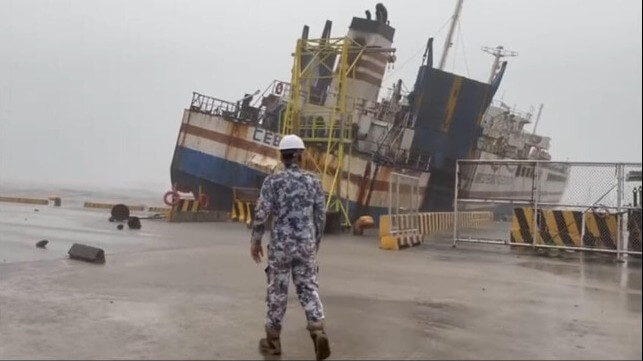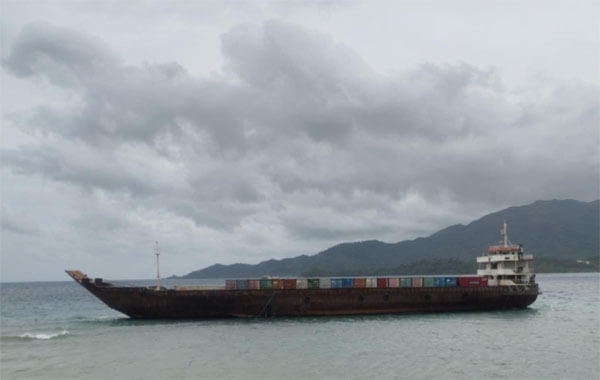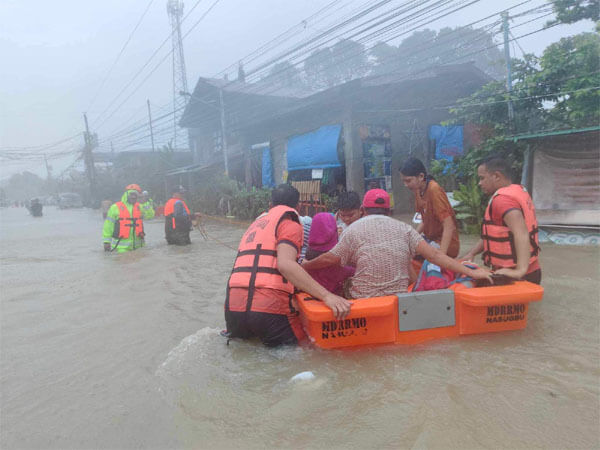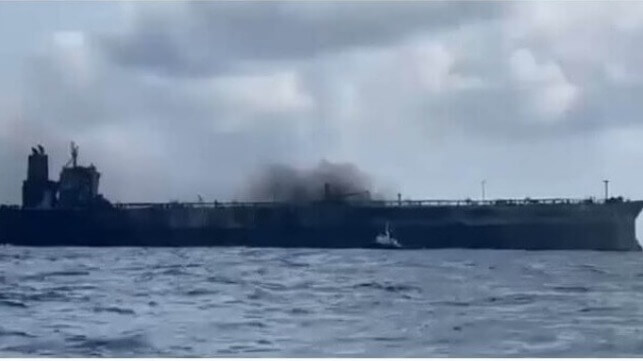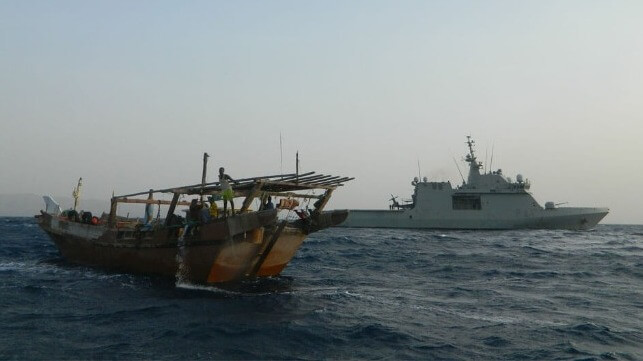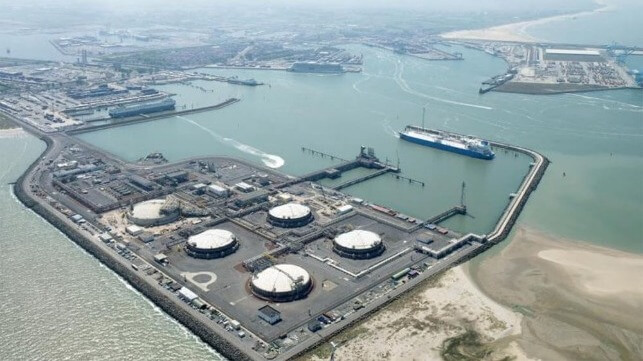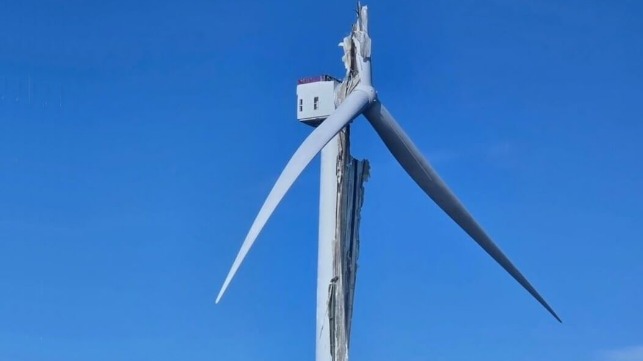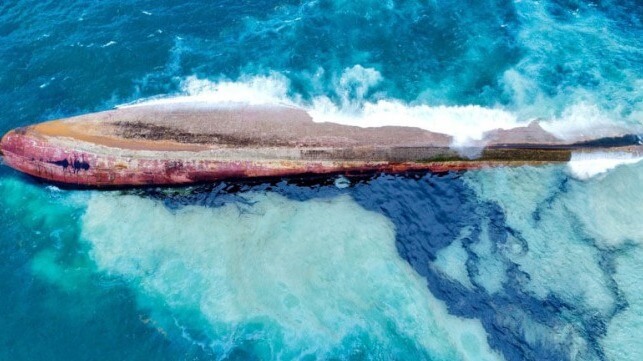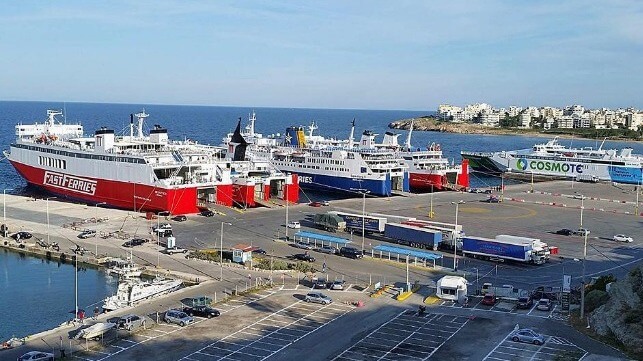RIP
Two Dead in Accident at Ship Repair Yard in Norfolk

On Wednesday, two workers were killed in an unspecified accident at a privately-owned repair yard in Norfolk, Virginia.
At about 0745 hours Wednesday, Norfolk police and fire-rescue teams were called out to the MHI Ship Repair yard on Warrenton Avenue, just opposite Portsmouth Marine Terminal on the Elizabeth River. On scene, they found one person deceased and one person critically injured. The survivor was taken to the hospital but died within hours.
Yard operator Marine Hydraulics International confirmed the fatalities in a statement Wednesday.
"We are deeply saddened to confirm the passing of two shipyard workers," an MHI spokesman said. "Our thoughts and prayers are with their families, as well as with the many impacted workers at our facility. We are committed to supporting them through this difficult time."
The firm added that safety is its top priority, and that it will cooperate with an investigation into the accident.
Workers at the yard told local media that the other personnel on the vessel where the casualty occurred were sent home for the day. The name of the ship was not identified, but local WAVY's traffic helicopter captured video of police activity on the stern ramp of a large sealift ship.
MHI Ship Repair is a division of Titan, the successor company of West Coast shipbuilder Vigor Industrial. It prides itself on quality, economical repair services for commercial and government clients. It employs about 500 people at its Norfolk locations.
Top image: Tony Webster / CC BY SA 4.0


